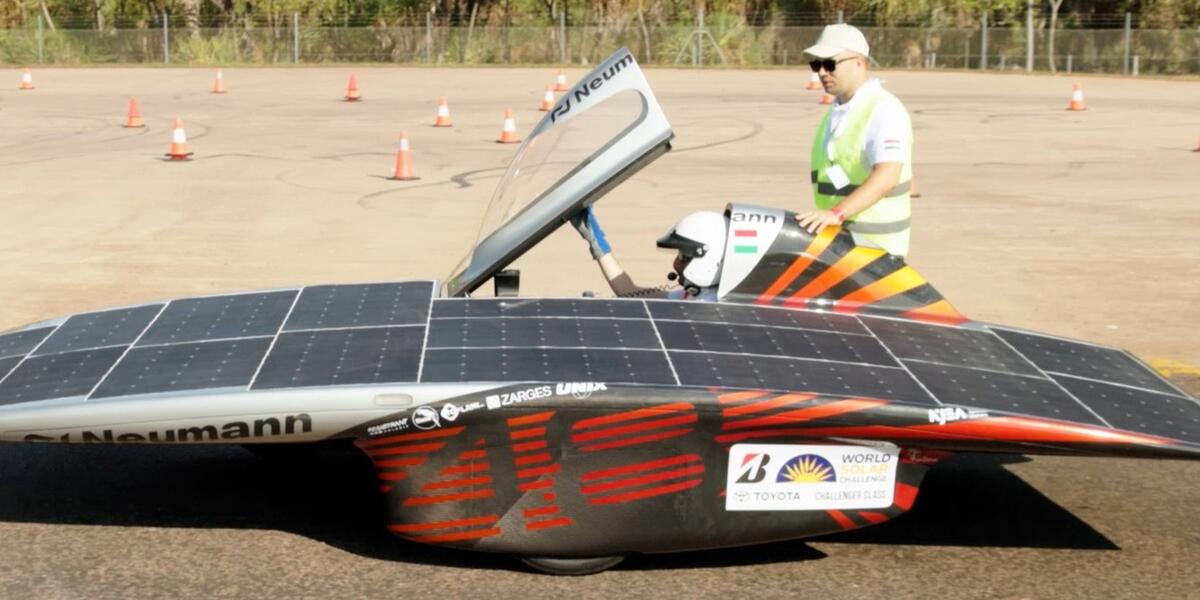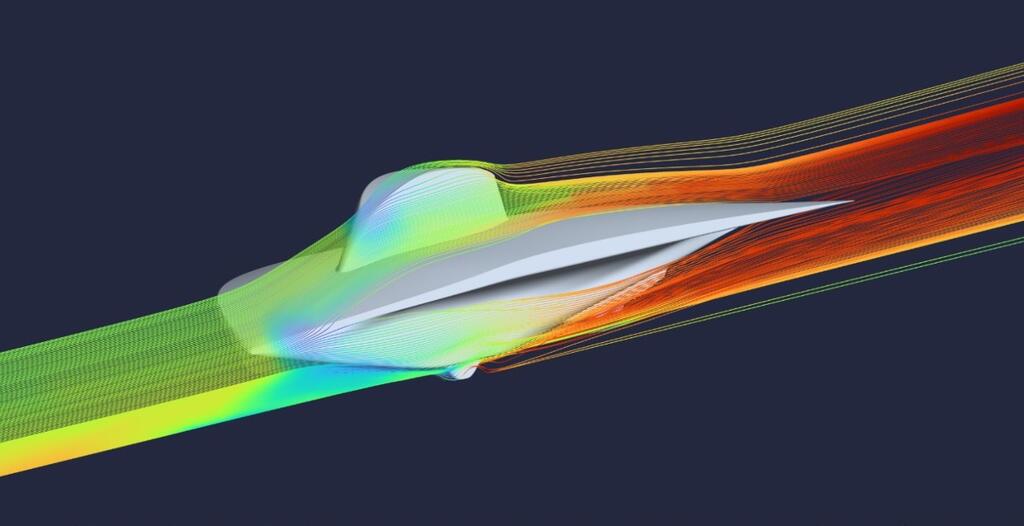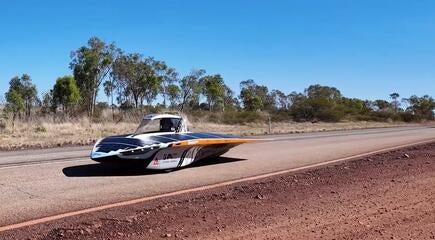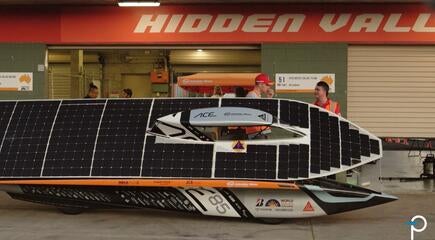A Proving Ground for Renewable Transportation Technology

The future of personal transportation is up for grabs as society transitions from hydrocarbon fuels to renewable energy sources. Events such as the Bridgestone World Solar Challenge (BWSC) — a solar-powered dash across Australia from Darwin to Adelaide — serve as proving grounds for new ideas and technologies. Some of these innovations may become standard features in vehicles that consumers come to view as ordinary.
The 17th running of the triennial event in August, featured cars that may look — to a casual observer — like they belong in science fiction. In reality, these solar-powered vehicles are the result of three years of concentrated effort, sleepless nights, and countless trade-offs as teams push the limits of science and engineering.
The cars are tuned for peak performance, but reliability is just as critical on the 3,022-kilometer route through Australia’s deserts. Despite heat or rough road conditions, these cars must continue to drive since parts may not be readily available on the course.
Safety is another concern. Not only for the driver, but other people and vehicles encountered along the way. All participating solar cars must be street-legal, since they travel on public highways that remain open during the race.
While facing technological challenges across four categories — solar cells, batteries, aerodynamics and electronics — efficiency is the overriding priority.

Innovations have included high-efficiency monocrystalline silicon solar cells — often in heterojunction and SmartWire combinations — and perovskite-on-silicon tandem cells, which the Top Dutch team used in 2023 to finish sixth. Some teams rely on components like space-grade gallium arsenide batteries, which are efficient but costly.

Aerodynamic design is a critical consideration, with some teams shifting from stable catamaran designs to sleek monohulls to reduce wind resistance. One team even applied a ‘sharkskin’ finish, using grooves to cut drag.
Electronics is another key efficiency frontier. Previously, Team aCentauri from ETH Zurich received design support and sponsorship from Power Integrations, a U.S. company specializing in high-voltage integrated circuits. Together, they developed a power converter based on the 750 V InnoSwitch3-EP family of flyback switcher ICs, which combine a gallium-nitride (GaN) switch, synchronous rectification and FluxLink feedback.
The circuit powered the control board of Aletsch, aCentauri’s solar race car provided an emergency drivetrain shut-off function. It supported battery telemetry functions and the vehicle’s warning horn — a regulatory requirement that is practical in the Outback, where wildlife often strays onto the road.
For this year’s race, particular attention was given to enhancing the design’s resilience while maintaining much of the previous car’s specifications. To withstand the harsh Outback environment during the first-ever winter race, Power Integrations provided an updated design employing an automotive-qualified Innowitch3-AQ switcher IC.
The new board ensures proper creepage and clearance in accordance with IEC-60664 standards (Parts 1 and 4). The design was also engineered with increased resistance to vibration. Automotive-approved connectors ensure reliable contacts, and component selection adheres to standard automotive design practices. As a result, the DC-DC power supply board and its components can withstand significant mechanical shocks.
More than a just a race, the BWSC represents human ingenuity and our collective determination to stop climate change. Every solar car that crosses the finish line demonstrates solutions that could transform all forms of transportation in the future.



The government in Southern Australia has recognized the event’s role in advancing decarbonization strategies, such as battery electrification, solar, wind, synthetic fuels and green hydrogen. In advance of the race’s 40th anniversary in 2027, organizers will launch a new demonstration category, while the 2025 BWSC Explorer Class created a broader platform to showcase emerging ideas and renewable technologies.
With a global pool of competitors, alumni, industry leaders and government stakeholders, the event is an ideal opportunity to test collaborative solutions for a sustainable future.
This Mr. Green blog is part of our special coverage of Bridgestone World Solar Challenge 2025 as our #PowiGaNVan chronicles Team αCentauri’s journey through the Australian Outback. Follow #PowiGaNVan on Power Integrations’ official YouTube Channel.





